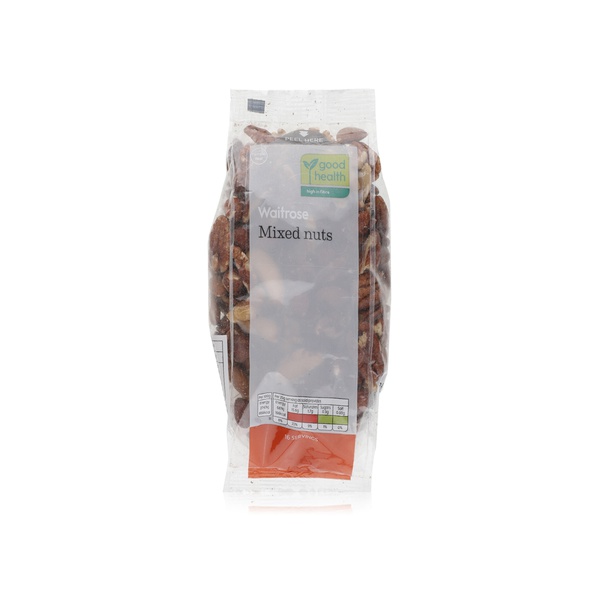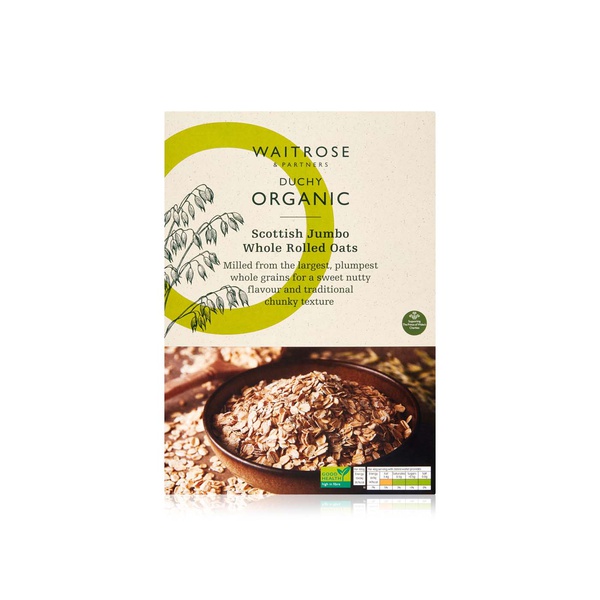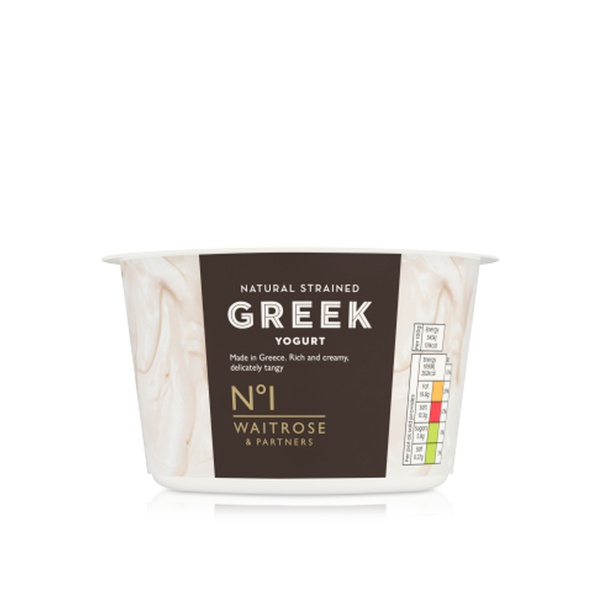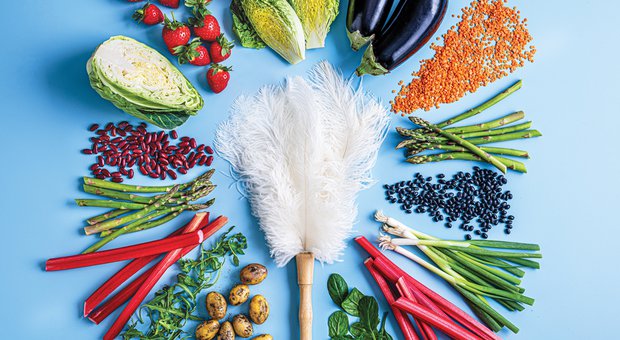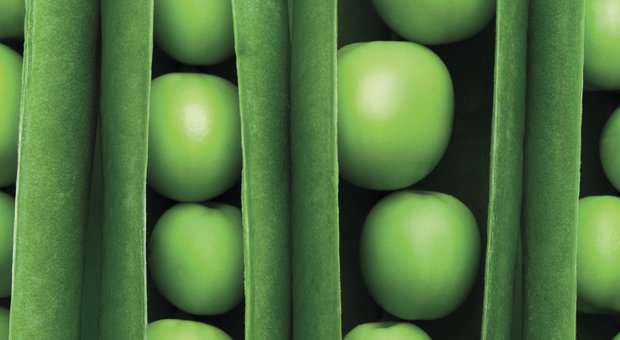Good gut health
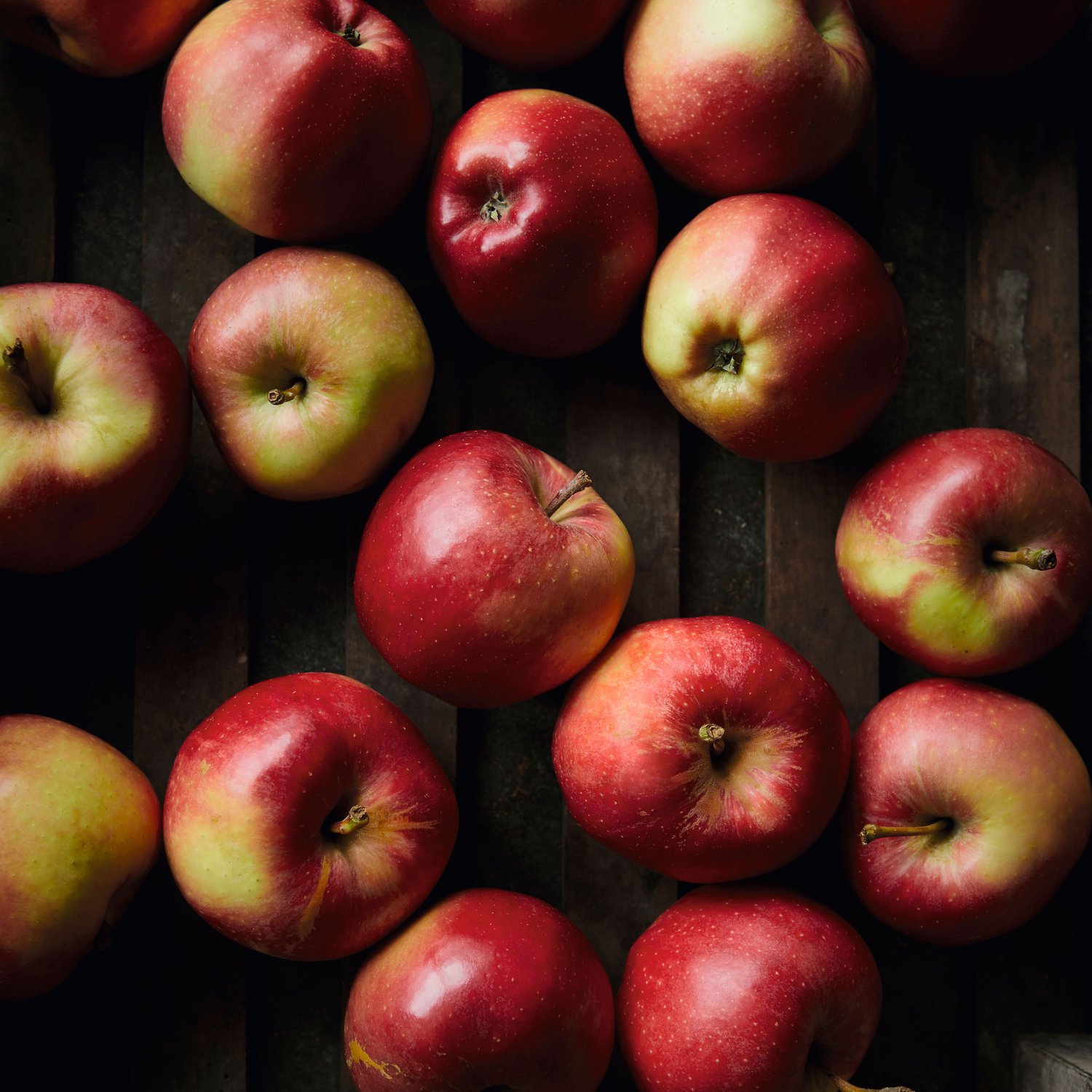
'Good for your gut’ is a phrase you may have heard increasingly often in recent years. There’s been a real jump in research exploring the digestive tract and the complex ways in which it interacts with every part of us, both physically and mentally.
What is gut health?
In the broadest sense, to have ‘good gut health’ means your gastrointestinal (GI) tract is in tip-top condition. The GI tract encompasses our oesophagus (food pipe), stomach and intestines. When we talk about gut health, we are often referring specifically to the ‘gut microbiome’ – the microbes living in our digestive system, such as bacteria, fungi and viruses. These play an important role in health and disease prevention, so we want higher levels of ‘good’ microbes (also known as probiotics) than bad.
What are the symptoms of poor gut health?
If all is not working optimally, you may experience symptoms such as abdominal pain or discomfort, constipation, as well as heartburn or indigestion. However, even if you don’t have symptoms, it’s still essential to look after your gut. It’s a major factor in immunity and a healthy gut can help protect against diseases such as bowel cancer, heart disease and type 2 diabetes. These are often associated with unhealthy lifestyles and diets lacking in nutrients and fibre.
Amazingly, poor gut health can impact our mood and mental wellbeing too. This is because of the ‘gut-brain axis’ – a two-way communication network between our brain and gut, comprising nerves and chemical messengers including hormones and neurotransmitters. Research into mental health is now increasingly overlapping with a focus on gut health and diet.
Amazingly, poor gut health can impact our mood and mental wellbeing too.”
How do I look after my gut?
It’s not difficult! Just think ‘FFM’, which stands for fibre, fluid and movement. Ideally, we should consume at least 30g a day of fibre. However, the majority of us only achieve about two thirds of that (around 18g).
Consuming a variety of both soluble and insoluble fibre helps to soften and provide bulk to the stools, making it easier for them to pass through the digestive system. But fibre is also very good for the friendly bacteria that live in your gut. Sources of soluble fibre include oats, linseeds and flaxseeds, lentils, fruits and vegetables, while foods such as wholegrains and nuts provide more insoluble fibre.
To get the fibre we need, it’s best to eat a variety of different-coloured plant-based foods over the course of each week, including fruits, vegetables, wholegrains, pulses, nuts and seeds. (Increase fibre intake gradually, in order to avoid excess gas and bloating.)
Drinking enough fluids is also key for gut health. Aim for six to eight 200ml glasses of fluids (preferably water) a day. Regular exercise, ideally 30 minutes of moderate activity five times a week, is known to help regulate bowel movements. But studies have also shown that even independent of diet, exercise can help boost good gut bacteria.
Calcium plays a role in gut health too, as it can boost the production of digestive enzymes needed to break down proteins, carbohydrates and fats and aid absorption of nutrients. Aim for three varied portions of calcium-rich foods (or dairy alternatives fortified with calcium) a day: for example, 200ml milk, a 120g pot of yogurt and a 30g piece of cheese.
Fibre is important for the friendly bacteria in your gut.”
What about prebiotics, probiotics, fermented foods and ‘live’ food?
There’s a lot of jargon in the world of gut health, which can be confusing. But all these terms relate to boosting good gut bacteria. Prebiotics are non-digestible food compounds (like fibre). They ‘feed’ the good bacteria while aiding digestion and nutrient absorption. Rich sources of prebiotics include wholegrains and certain fruit and vegetables such as artichokes, onions, garlic, asparagus and under-ripe bananas.
Probiotics are the good bacteria themselves, such as Lactobacillus and Bifidobacterium species. They are found in fermented foods including live yogurt, kombucha, tempeh, kefir, kimchi and sauerkraut. Ideally, we need to consume sources of both prebiotics and probiotics to protect and boost the bacteria living in the gut.
6 GUT-BOOSTING FOODS
1. Apples
High in prebiotic pectin, apples are also a delicious way to reach the daily 30g fibre target. Just one apple provides around 4g.
2. Oats
Perfect for porridge or baking, oats are rich in a particular type of dietary fibre called beta-glucan which, when eaten regularly, can help to lower LDL cholesterol (‘bad’ cholesterol) via the gut.
3. Lentils
Full of soluble fibre, lentils make it easier for food to pass through the digestive system.
4. Wholegrain carbohydrates
Opting for brown bread, pasta and rice is one of the easiest ways to up your fibre intake and keep you feeling fuller for longer.
5. Kefir
Rich in probiotic bacteria, this fermented milk is a source of calcium and a good choice if you are taking antibiotics, which can deplete the gut bacteria (just consume them a few hours apart).
6. Onions
One of the most versatile and inexpensive vegetables, onions provide a dose of prebiotics with their fantastic flavour.
